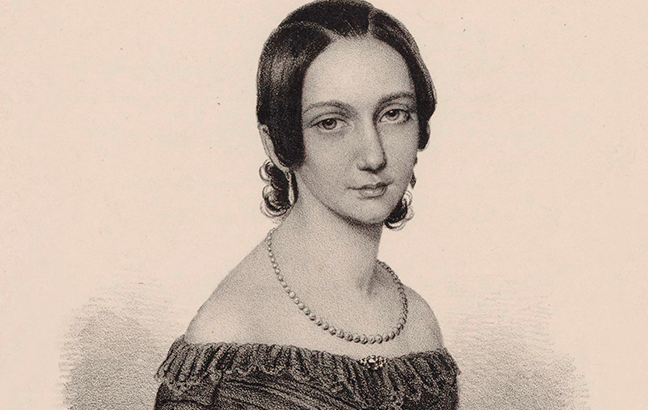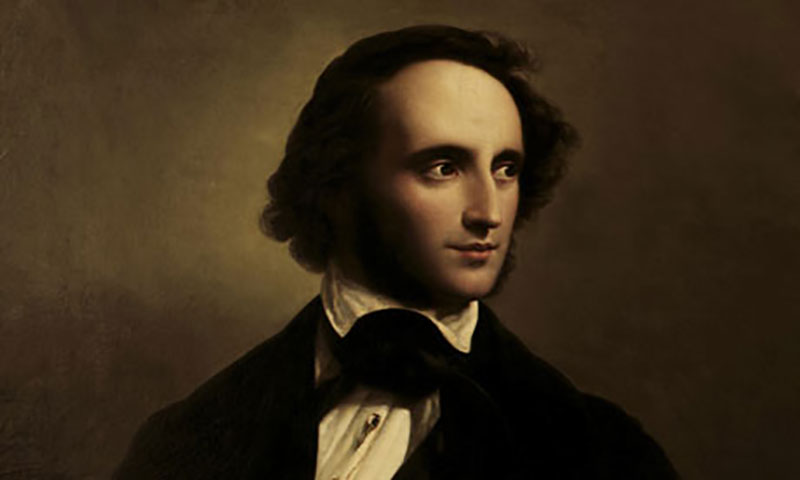
Darius Milhaud: A Life in Music
Darius Milhaud was born on September 4, 1892, in Marseille, France, into a Jewish family of Provençal and Italian descent. Raised in Aix-en-Provence, he was[…]

Johann Pachelbel: The Life and Legacy of a Baroque Master
Johann Pachelbel (1653–1706) stands as one of the most influential composers of the German Baroque era. Best known today for his timeless Canon in D,[…]

Max Bruch: A Romantic Composer’s Legacy
Max Bruch (1838–1920) stands as one of the most lyrical and emotionally resonant composers of the Romantic era. Though often remembered primarily for his enduring[…]

Franz Schubert: A Life in Music and Melody
Franz Schubert (1797–1828) stands as one of the most beloved and influential composers of the early Romantic era. Though his life was tragically short, his[…]

The Life and Legacy of François Couperin
François Couperin (1668–1733), often referred to as “Couperin le Grand” (Couperin the Great), stands as one of the most significant figures in French Baroque music.[…]

William Byrd: Master Composer of the English Renaissance
William Byrd, regarded as one of England’s greatest composers, significantly influenced the development of Renaissance music. Byrd’s career spanned the turbulent Elizabethan period, marked by[…]

Clara Schumann: A Complete Biography
Clara Schumann (1819–1896) was one of the most distinguished pianists and composers of the 19th century. Not only was she a child prodigy, she went[…]

Felix Mendelssohn Bartholdy: A Complete Biography
Jakob Ludwig Felix Mendelssohn Bartholdy (1809–1847) was one of the most prominent composers of the early Romantic period. Known for his refined, lyrical style and[…]

Bedřich Smetana: A Complete Biography
Bedřich Smetana (1824–1884) is widely regarded as the father of Czech national music. As a composer, conductor, and pianist, he played a central role in[…]

Antonín Dvořák: A Complete Biography
Antonín Dvořák (1841–1904) stands among the most celebrated composers of the Romantic era. Famed for his richly melodic compositions, Dvořák masterfully wove elements of Bohemian[…]